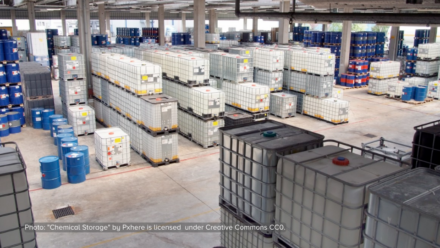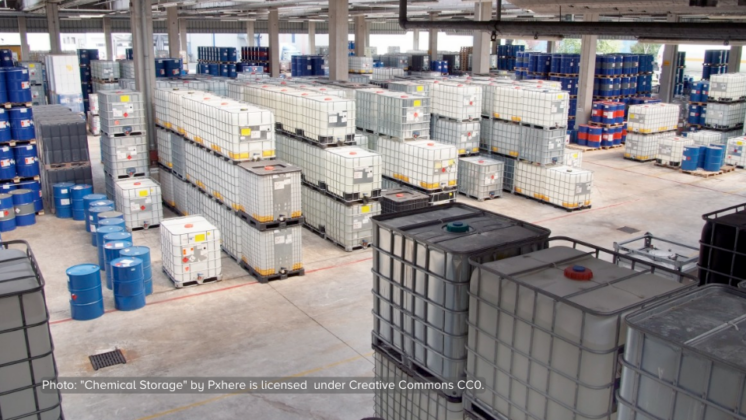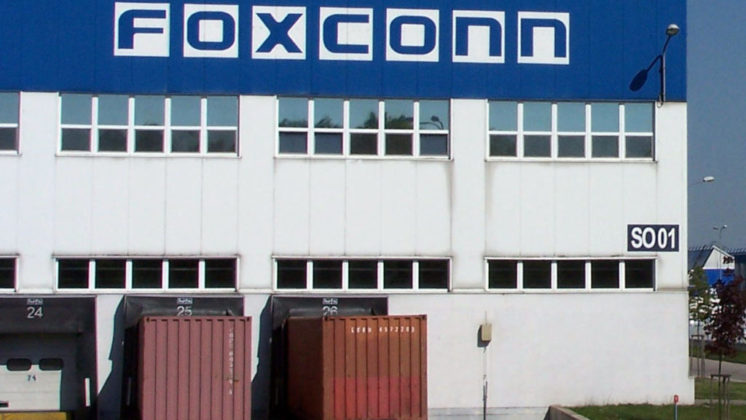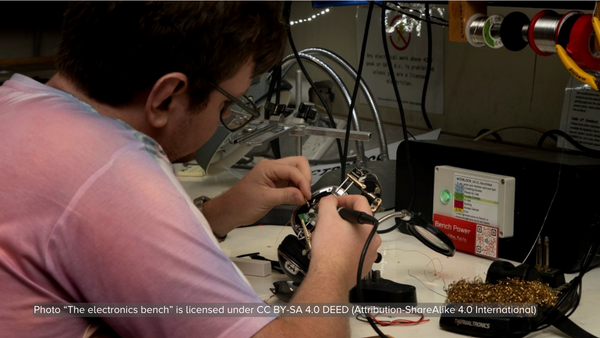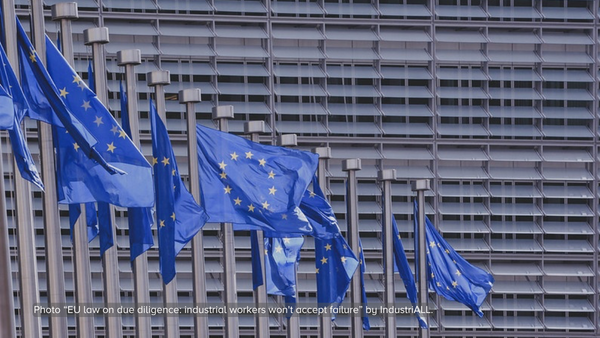Within the global framework of the Strategic Approach to International Chemicals Management (SAICM), ChemSec has carried out an in-depth study on information on chemicals in electronic products. ChemSec presents the current situation for information exchange among stakeholders involved in the whole life cycle of electronics. These include producers of chemicals and materials, component manufacturers, brand owners and retailers, consumers, recyclers and electronic waste handlers. The study makes recommendations to improve information availability, with the overarching objective of improving the capacity for safe handling of chemicals in electronics among all stages of the life cycle.
Many chemicals used in the electronics sector have negative consequences for human and environmental health. Typical electronic waste handling practices in developing countries are detrimental to the health of workers, their environment, and their communities. There are welldocumented problems associated also with formal recycling in modern facilities, and the production phase is often problematic as well. In addition, it is becoming apparent that recycling of valuable materials must be made more efficient as the price of virgin materials, metals, and minerals increases and their availability decreases. All of these problems are exacerbated by the fact that there has been a rapid increase in sales of electronics products in the past several years, making e-waste one of the fastest-growing waste streams today.
To address the problems associated with exposure to chemical substances, the Strategic Approach to International Chemicals Management, SAICM, was adopted at the first International Conference on Chemicals Management, ICCM1, in February 2006. The overall objective of this international framework is to achieve the sound management of chemicals throughout their life cycles so that, by 2020, chemicals are used and produced in ways that lead to the minimisation of significant adverse effects on human health and the environment.
In 2009, the second session of the International Conference on Chemicals Management, ICCM2, agreed to initiate a project on the emerging policy issue of Chemicals in Products to promote the implementation of Objective 15 (b) of the Strategic Approach to International Chemicals Management, SAICM. The Objective states that “information on chemicals throughout their life cycle, including, where appropriate, chemicals in products, is available, user friendly, adequate and appropriate to the needs of all stakeholders…” UNEP was invited to lead and facilitate the project. The present report on electronics is one of four case studies performed within the project on Chemicals in Products. The other case studies concern toys, textiles and building products.
The stated aim of this report is to:
describe the extent to which existing information systems meet the needs of different stakeholder groups for minimizing potential risks of chemicals in electronic products
highlight information gaps, and
identify obstacles and potential solutions to optimize flow of information.






